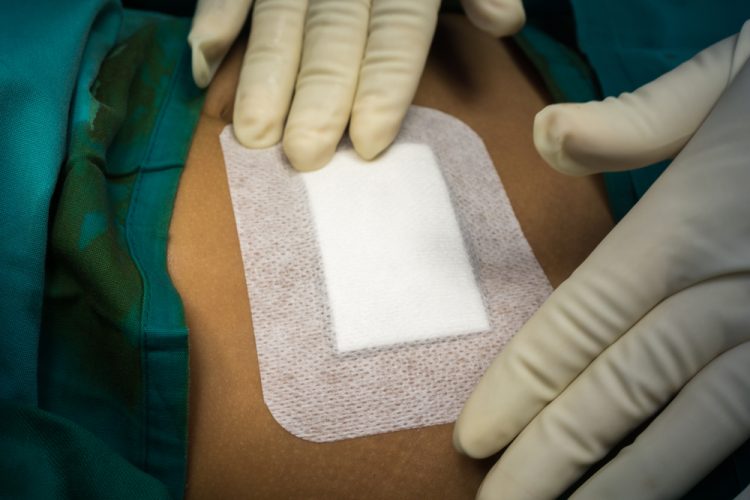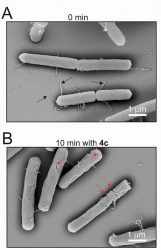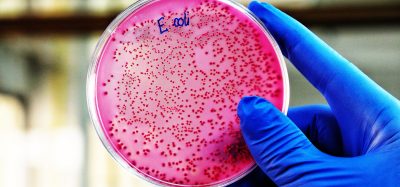Novel class of LPPOs could provide alternative to antibiotics, study shows
Posted: 30 September 2021 | Anna Begley (Drug Target Review) | No comments yet
Lipophosphonoxins may represent the next generation of antibiotics and can be delivered using a new type of dressing for skin wounds.


A team at the Czech Academy of Sciences (CAS), Czech Republic, has developed a promising class of substances called lipophosphonoxins (LPPOs) that may act as an alternative to traditional antibiotics. Furthermore, the researchers also created a nanomaterial that can deliver these substances onto the surface of wounds, potentially revolutionising skin infection treatment.
“LPPOs hold considerable promise as a new generation of antibiotics. They do not have to penetrate the bacteria but instead act on the surface, where they disrupt the bacterial cell membrane. That makes them very efficient at destroying bacteria,” explained Dominik Rejman, who co-led the study.
DISCOVER MORE → Genes behind antibiotic activity in bacteria uncovered by metabologenomics
“A big advantage of LPPO is the limited ability of bacteria to develop resistance to them. In an experiment lasting several weeks, we failed to find a bacteria resistant to these substances, while resistance to well-known antibiotics developed relatively easily,” added researcher Libor Krásný.
The potential of LPPOs is especially evident in situations requiring immediate targeted intervention, such as skin infections. However, the substances must be combined with a suitable material that ensures their topical efficacy without the need to enter the circulatory system. This reduces the burden to the body and facilitates use.


Bacillus subtilis bacteria before and after application of LPPO compounds. The second image shows significant damage to bacteria after ten minutes. [credit: Institute of Microbiology of the CAS]
One such suitable material is a polymer nanofibre developed by the team of David Lukáš at the University of Liberec, Czech Republic. The researchers combined it with LPPO to prepare a new type of dressing material for bacteria-infected skin wounds. The main benefit of the material, called NANO-LPPO and detailed in Scientific Reports, is that the antibacterial LPPO are released from it gradually and in relation to the presence and extent of infection.
“Enzymes decompose the nanomaterial into harmless molecules,” said Rejman in describing the action of the material. “The LPPOs are an integral component of the material and are primarily released from it during this decomposition. Moreover, the process is greatly accelerated by the presence of bacteria, which produce lytic enzymes. This means that the more bacteria there are in the wound, the faster the material decomposes, which in turn releases more of the active substances into the affected site to promote healing and regeneration of soft tissues.”
“Our experiments on mice confirmed the ability of NANO-LPPO to prevent infection in the wound and thus accelerate healing and regeneration. There was practically no spread of infection where we used the material. If clinical trials go well, this could be a breakthrough in the treatment of burns and other serious injuries where infection poses an acute threat and complication to treatment,” concluded wound care specialist Peter Gál.
Related topics
Antibiotics, Clinical Trials, Drug Delivery, Drug Targets, Enzymes, In Vivo, Nanomedicine, Small molecule
Related organisations
Czech Academy of Sciences (IOCB Prague), University of Liberec
Related people
Dominik Rejman, Libor Krásný








